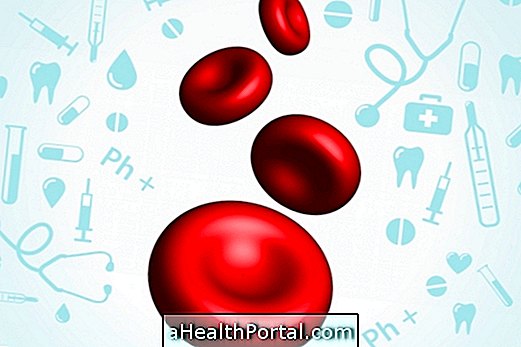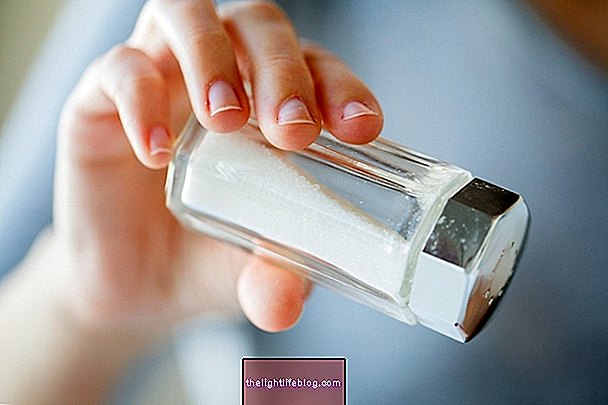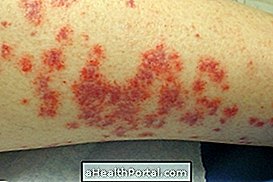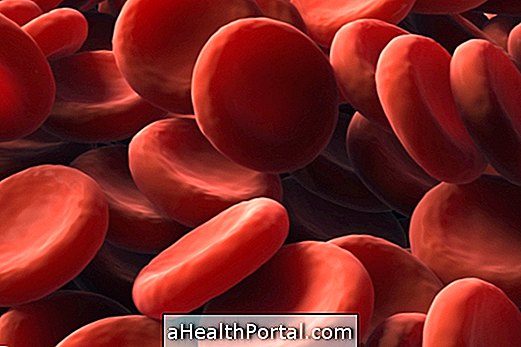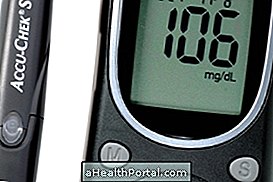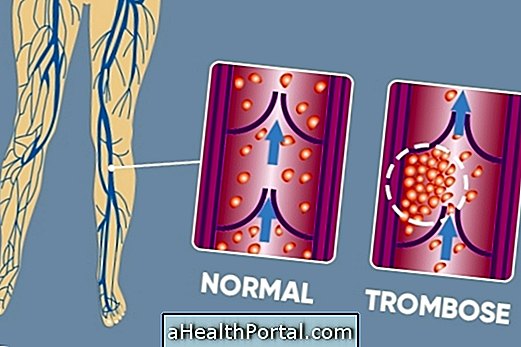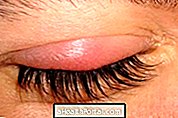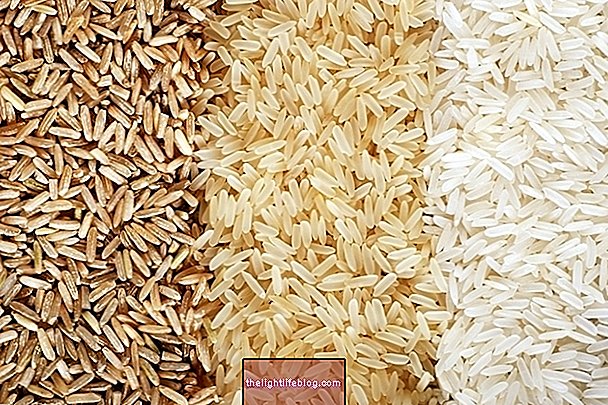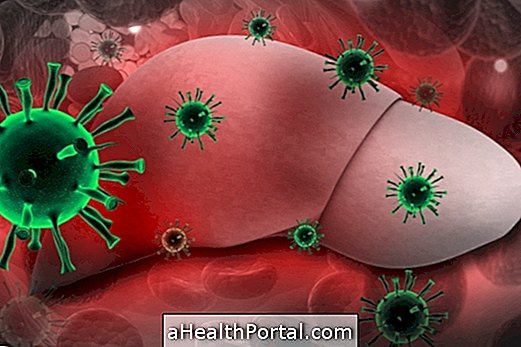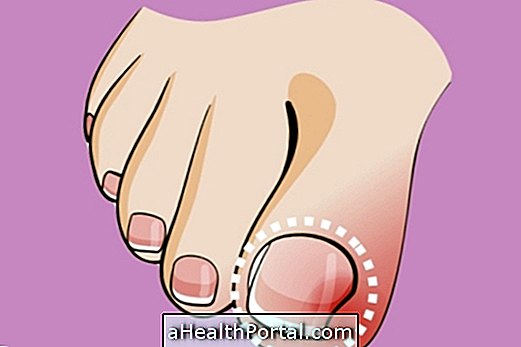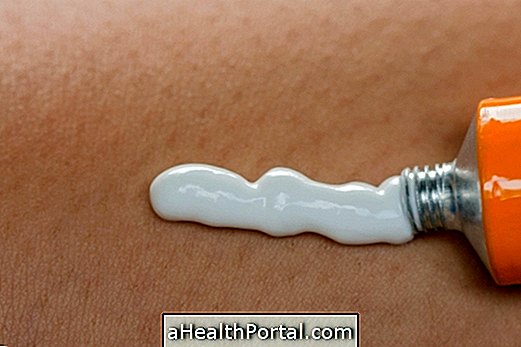Autoimmune hemolytic anemia, also known by the acronym AHAI, is a disease characterized by the production of antibodies that react against red blood cells, destroying them and producing anemia, causing symptoms such as tiredness, pallor, dizziness, yellow eyes and skin
This type of anemia can affect anyone, being more common in young adults. Although not always clear, it can be caused by dysregulation of the immune system after infection, presence of another autoimmune disease, use of certain medicines or even cancer.
Autoimmune hemolytic anemia does not always have a cure, however, it has treatment that is mainly done with the use of drugs to regulate the immune system, such as corticosteroids and immunosuppressants. In some cases, removal of the spleen, called a splenectomy, may be indicated, as this is where some of the red blood cells are destroyed.
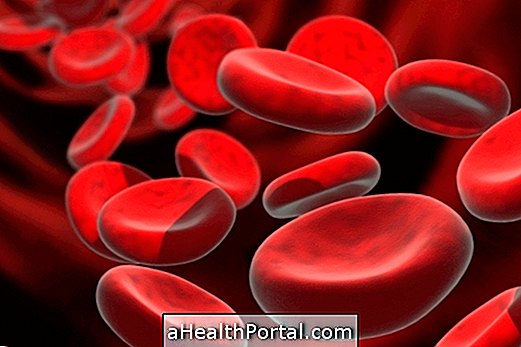
Main symptoms
Symptoms of autoimmune hemolytic anemia include:
- Weakness;
- Feeling of fainting;
- Pallor;
- Lack of appetite;
- Dizziness;
- Tiredness;
- Sleep;
- Indisposition;
- Headache;
- Weak nails;
- Dry skin;
- Loss of hair;
- Shortness of breath;
- Paleness in the mucous membranes of the eyes and mouth;
- Memory failures;
- Difficulties in concentration.
These symptoms are very similar to those caused by other types of anemia, so your doctor may require tests that may help identify the exact cause, such as decreased red blood cell count, high reticulocyte count, which are Immature red blood cells, plus immunological tests.
Check out how to differentiate between the causes of anemia.
What are the causes
Not always the cause of autoimmune hemolytic anemia is identified, however, in many cases it may be secondary to the presence of other autoimmune diseases such as lupus and rheumatoid arthritis, cancer such as lymphomas or leukemias or due to reaction to medications such as Levodopa, Methyldopa, anti-inflammatories and certain antibiotics.
It can also occur following infections, such as those caused by viruses such as Epstein-Barr or Parvovirus B19, or by bacteria such as Mycobacterium pneumoniae or Treponema pallidum when it causes tertiary syphilis, for example.
In about 20% of cases, autoimmune hemolytic anemia is worsened by cold, because in these cases, the antibodies are activated by low temperatures, being called AHAI by cold antibodies. The other cases are called AHAI by hot antibodies, and they are the majority.

How to confirm the diagnosis
For the diagnosis of autoimmune hemolytic anemia, the tests your doctor will ask for include:
- Hemogram, to identify anemia and observe its severity;
- Immunological tests, such as the direct Coombs test, which shows the presence of antibodies bound to the surface of the red blood cells. Understand what the Coombs test means;
- Tests that demonstrate hemolysis, such as increased reticulocytes in the blood, which are immature red blood cells that arise in the excess bloodstream in case of hemolysis;
- Indirect bilirubin dosage, which increases in cases of severe hemolysis. Find out what it is for and when the bilirubin test is indicated.
As several anemias may have similar symptoms and tests, it is very important that the doctor can differentiate between the different causes of anemia. Learn more about exams in: Tests that confirm anemia.
How is the treatment done?
It can not be said that there is an acura for autoimmune hemolytic anemia, since it is common that the patients with this disease live periods of outbreaks and improvement of the picture.
To live the maximum time in remission, it is necessary to perform the treatment that is indicated by the hematologist, made with drugs that regulate the immune system, which include corticosteroids, such as Prednisone, immunosuppressants, such as Cyclophosphamide or Cyclosporin, immunomodulators such as human immunoglobulin or plasmapheresis, which helps to remove excess antibodies from the bloodstream. In severe cases.
Surgical removal of the spleen, called a splenectomy, is an option in some cases, especially for patients who do not respond well to treatment. As the risk of infection can increase the people who remove this organ, it is indicated the realization of vaccines like antipneumocóccica and antimeningocóccica. Learn more about care and recovery after removal of the spleen.
In addition, the choice of treatment depends on the type of autoimmune hemolytic anemia, the symptoms presented and the severity of each person's illness. The treatment time is veriável, and in some cases one can try to start taking the medicines after about 6 months to evaluate the response, depending on the orientation of the hematologist.
